Restless Leg Syndrome (RLS) is a neurological disorder characterized by an uncontrollable urge to move your legs, usually due to uncomfortable sensations.
The condition, which affects millions globally, can be particularly challenging for fitness enthusiasts and the elderly. Understanding RLS and how to manage it effectively is crucial for maintaining an active and healthy lifestyle, especially as you age.
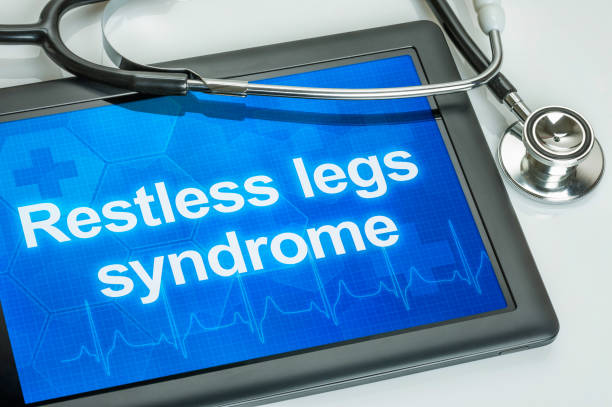
What is Restless Leg Syndrome?
Restless Leg Syndrome is more than just an annoyance; it is a condition that can significantly disrupt your quality of life.
RLS often manifests as an uncomfortable sensation in the legs, described as itching, crawling, or tingling, which compels you to move your legs to find relief. These symptoms typically worsen in the evening or during periods of inactivity, making it difficult to relax or sleep.
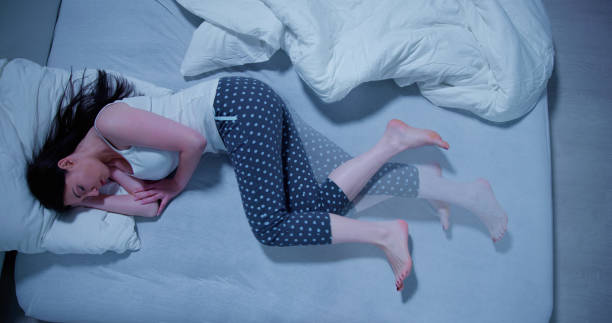
Causes of Restless Leg Syndrome
The exact cause of RLS is still not fully understood, but several factors can contribute to its development, particularly in fitness enthusiasts and the elderly.
1. Genetic Factors
For many individuals, RLS runs in the family. If you have a family history of the condition, you may be at a higher risk. This genetic predisposition is often more noticeable in people who experience RLS symptoms before the age of 40.
2. Iron Deficiency
Iron plays a crucial role in producing dopamine, a neurotransmitter that regulates movement. An iron deficiency can lead to decreased dopamine levels, exacerbating RLS symptoms. This is especially relevant for fitness enthusiasts who may have an increased iron requirement due to intense physical activity and for the elderly, who are more prone to nutritional deficiencies.
3. Chronic Diseases
Conditions like diabetes, Parkinson’s disease, and peripheral neuropathy can trigger RLS or worsen existing symptoms. These diseases are more prevalent in older adults, making the elderly more susceptible to RLS.
4. Medications
Certain medications, including antihistamines, antidepressants, and antipsychotics, can induce or aggravate RLS symptoms. It’s important to consult your doctor if you suspect that your medication may be contributing to your discomfort.
5. Lifestyle Factors
Lifestyle choices, such as alcohol and caffeine consumption, can also contribute to RLS. For fitness enthusiasts, overtraining without proper recovery can strain the muscles and nervous system, potentially leading to RLS symptoms.

Symptoms of Restless Leg Syndrome
Recognizing the symptoms of RLS is the first step toward managing the condition. The primary symptom is the uncontrollable urge to move your legs, often accompanied by:
- Uncomfortable Sensations: These may include itching, tingling, or a crawling feeling in the legs.
- Worsening at Night: Symptoms typically intensify in the evening or during rest, making it difficult to sleep.
- Temporary Relief with Movement: Moving your legs can temporarily alleviate the discomfort.
- Sleep Disturbances: The constant need to move your legs can disrupt sleep, leading to insomnia and fatigue.
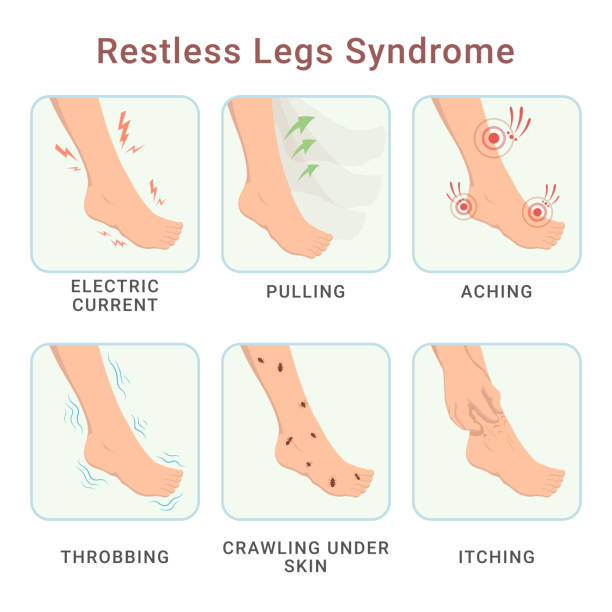
How RLS Affects Fitness Enthusiasts and the Elderly
RLS can have unique impacts on fitness enthusiasts and the elderly, affecting their ability to maintain an active and healthy lifestyle.
1. Impact on Fitness Enthusiasts
For those who lead an active lifestyle, RLS can be a significant hindrance. The condition can interfere with recovery periods, disrupt sleep, and even discourage you from engaging in regular exercise. Over time, the lack of proper rest and recovery can lead to decreased performance, increased risk of injury, and overall burnout.
2. Impact on the Elderly
For the elderly, RLS can be particularly debilitating. The discomfort and sleep disturbances caused by RLS can lead to a decline in physical activity, exacerbating other health issues such as cardiovascular disease, obesity, and osteoporosis. Furthermore, the elderly are more likely to experience medication-related RLS, adding another layer of complexity to their overall health management.

Diagnosing Restless Leg Syndrome
If you suspect that you have RLS, it’s essential to seek medical advice. A healthcare provider will typically diagnose RLS based on your symptoms, medical history, and sometimes, a physical or neurological examination. Blood tests may also be conducted to check for iron deficiency or other underlying conditions that could be contributing to your symptoms.
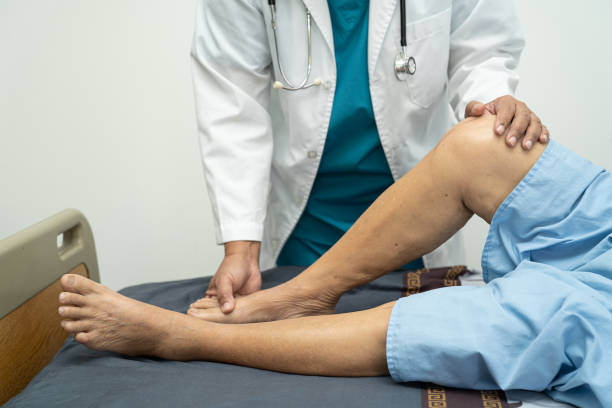
Treatment Options for Restless Leg Syndrome
Fortunately, several treatment options can help manage RLS symptoms, allowing you to maintain your active lifestyle and improve your quality of life.
1. Lifestyle Modifications
For fitness enthusiasts and the elderly, making simple lifestyle changes can significantly reduce RLS symptoms.
- Regular Exercise: While exercise is beneficial, it’s essential to strike a balance. Engage in moderate, regular physical activity, but avoid overtraining. Activities such as walking, swimming, or yoga can help manage symptoms without overloading your muscles.
- Sleep Hygiene: Establishing a regular sleep routine can help reduce RLS symptoms. Go to bed and wake up at the same time each day, create a relaxing bedtime ritual, and ensure your sleep environment is comfortable.
- Dietary Adjustments: Ensure that you’re consuming a balanced diet rich in iron and other essential nutrients. Incorporate iron-rich foods such as lean meats, spinach, and legumes into your meals. Avoid caffeine and alcohol, especially in the evening.
2. Iron Supplementation
If an iron deficiency is contributing to your RLS, your doctor may recommend iron supplements. Always consult with a healthcare provider before starting any supplementation, as excessive iron can have adverse effects.
3. Medications
In some cases, medication may be necessary to manage RLS symptoms effectively. Your doctor may prescribe medications such as:
- Dopamine Agonists: These drugs help increase dopamine levels in the brain, improving symptoms.
- Gabapentin and Pregabalin: These medications can help reduce nerve-related discomfort associated with RLS.
- Opioids: In severe cases, opioids may be prescribed, but they come with a risk of dependency and other side effects.
4. Alternative Therapies
Some individuals find relief through alternative therapies such as acupuncture, massage, or chiropractic care. While these methods may not work for everyone, they can be worth exploring, especially if you prefer a more holistic approach to managing RLS.
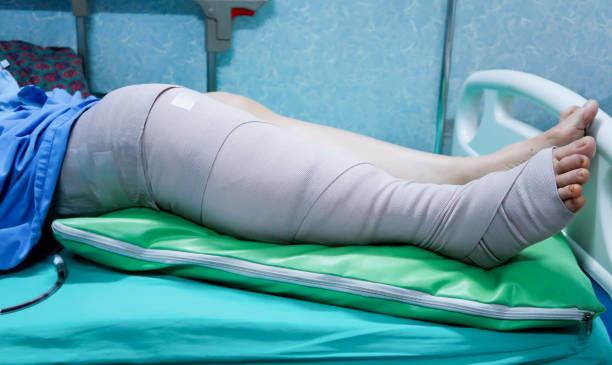
Preventing Restless Leg Syndrome
While there’s no guaranteed way to prevent RLS, especially if you have a genetic predisposition, adopting a healthy lifestyle can help minimize your risk.
Regular physical activity, a balanced diet, and good sleep hygiene are crucial. For fitness enthusiasts, ensuring adequate recovery time between workouts is essential. For the elderly, staying active and addressing any nutritional deficiencies can go a long way in preventing RLS.

Living with Restless Leg Syndrome
Living with RLS can be challenging, but with the right strategies, you can manage the condition and continue to lead an active, fulfilling life. For fitness enthusiasts, listening to your body and adjusting your workout routines as needed is key. For the elderly, staying proactive about your health and seeking support from healthcare providers can help you navigate the complexities of RLS.
By understanding the causes, recognizing the symptoms, and exploring various treatment options, you can take control of your condition and maintain your quality of life, whether you’re hitting the gym or enjoying your golden years.
Looking to stay healthy without breaking the bank? Don’t look any further.
Subscribe to Kloud Iron’s 28-day fitness program and begin your journey toward optimal mental health and physical fitness.
To learn more about Kloud Iron Fitness Hub’s offers, contact us today or message/follow us on Facebook and Instagram. We are also available on YouTube.


Leave Your Comment